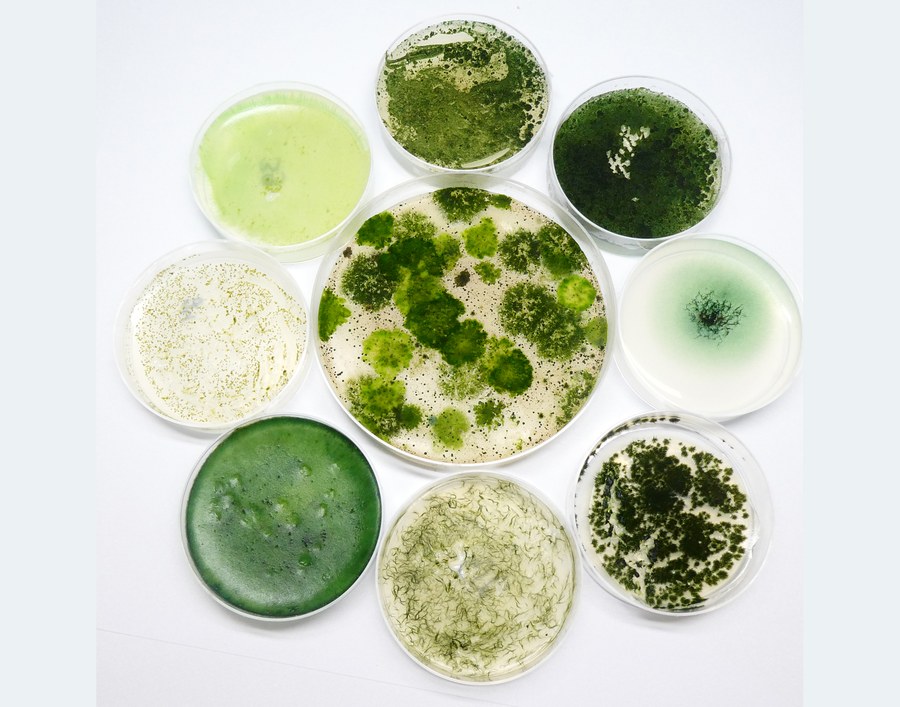
Cyanobacteria or blue-green algae are among the oldest forms of life and are of great ecological importance. In recent years, however, they have mostly been the subject of negative headlines. Since some species produce toxins, they can trigger skin rashes, diarrhea, vomiting, or even breathing difficulties in humans when we come into contact with them in large quantities in water. The health consequences can be even worse if the contaminated water is actually ingested.
On the other hand, some species of cyanobacteria could become more important precisely because of the major global challenges that we face: Ever-dwindling resources and areas of land that are becoming more and more depleted, while the world population is growing, the climate is changing and biodiversity is declining.
Huge potential
In fact, certain cyanobacteria have tremendous genetic potential when it comes to the creation of new active substances and for exploring their potential applications in biotechnology. A team of scientists led by Dr. Paul D’Agostino from the TU Dresden (Germany) has secured one of the highly sought-after sequencing grants in the USA from the Joint Genome Institute (JGI) to tap into this potential.
In the academic Science Year 2020/21, the researchers at the chair of Technical Biochemistry at the TU Dresden, in cooperation with Michelle Gehringer from the TU Kaiserslautern and Michael Lakatos and Patrick Jung from the University of Applied Sciences Kaiserslautern, are devoting themselves to the subject of bioeconomy.
To do this, they want to study these ancient, but as yet under-researched, cyanobacteria in more detail. Dr. Paul D’Agostino, Professor Tobias Gulder, and their team will sequence 40 uncommon cyanobacteria from a total of about 2,000 species. They hope that this will enable them to achieve “promising results and make an innovative contribution to the bioeconomy.”
Discovery of new, bioactive molecules is essential
“Microorganisms produce valuable organic molecules that offer enormous potential for new applications. It is important to know that uncommon organisms often also produce novel, extraordinary drug candidates,” Gulder explains. “The discovery of these kinds of new, bioactive molecules is essential, if one considers, for instance, medical challenges such as the novel coronavirus and the progressive development of resistance to established active substances and drugs. As part of this project, we, therefore, want to investigate the genetic potential of highly uncommon cyanobacteria for the production of active substances, which have hardly been researched at all so far.”
First of all, the scientists want to come up with estimates on the potential of natural substances by sequencing the genomes and then analyzing them with the help of bioinformatics. The results could then be “translated into targeted detection of new drug molecules using modern methods of synthetic biology and biotechnology,” the researchers go on to explain.
The final step of the project is to produce and characterize these natural active ingredients. In order to be able to develop sustainable chemical processes, scientists are focusing “on the use of enzymes that produce these compounds to act as biocatalysts.”
Title picture: The team led by Dr. Paul D’Agostino will sequence 40 symbiotic and rare cyanobacteria to develop new drugs and applications in biotechnology. © Paul D’Agostino








